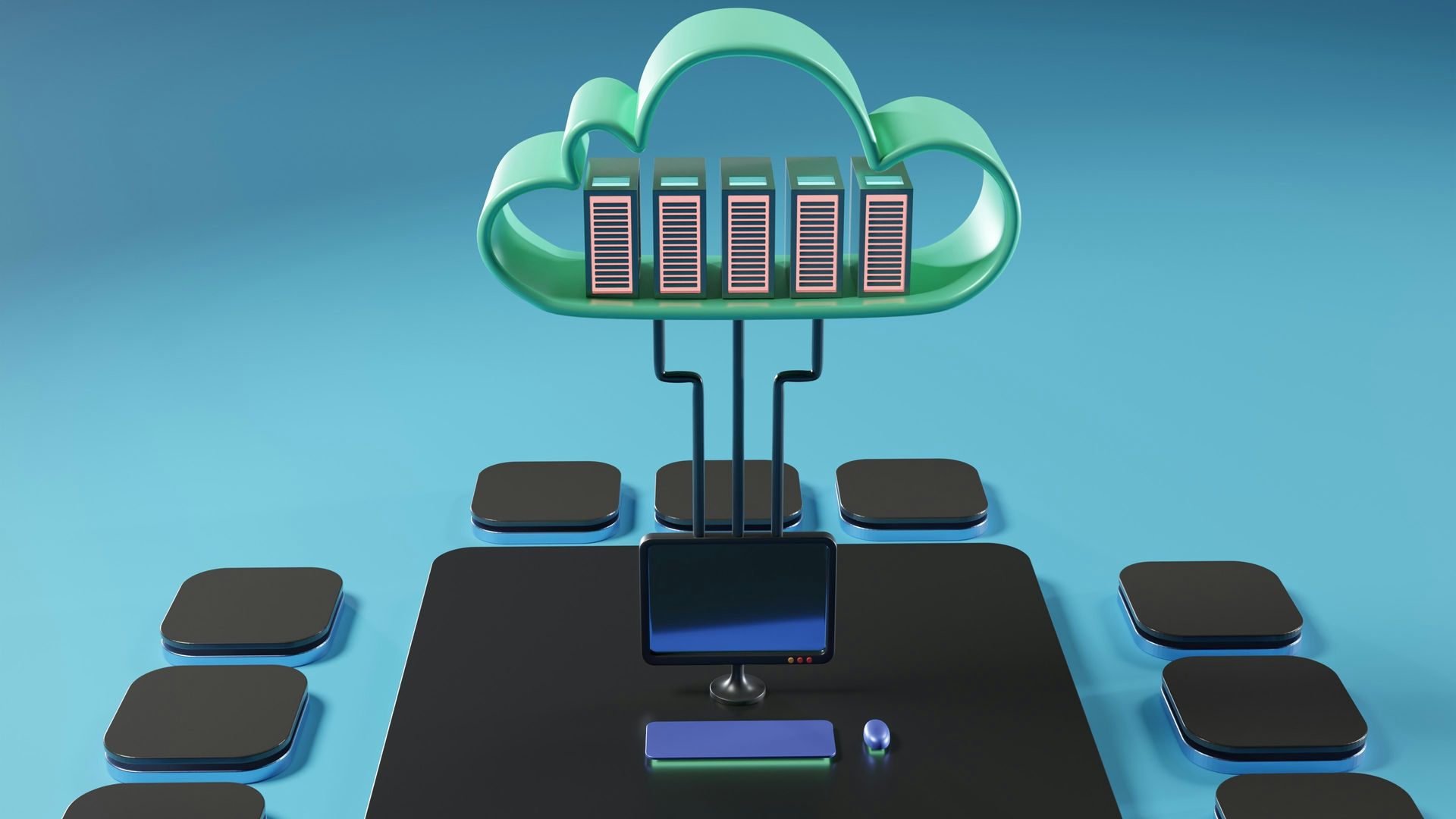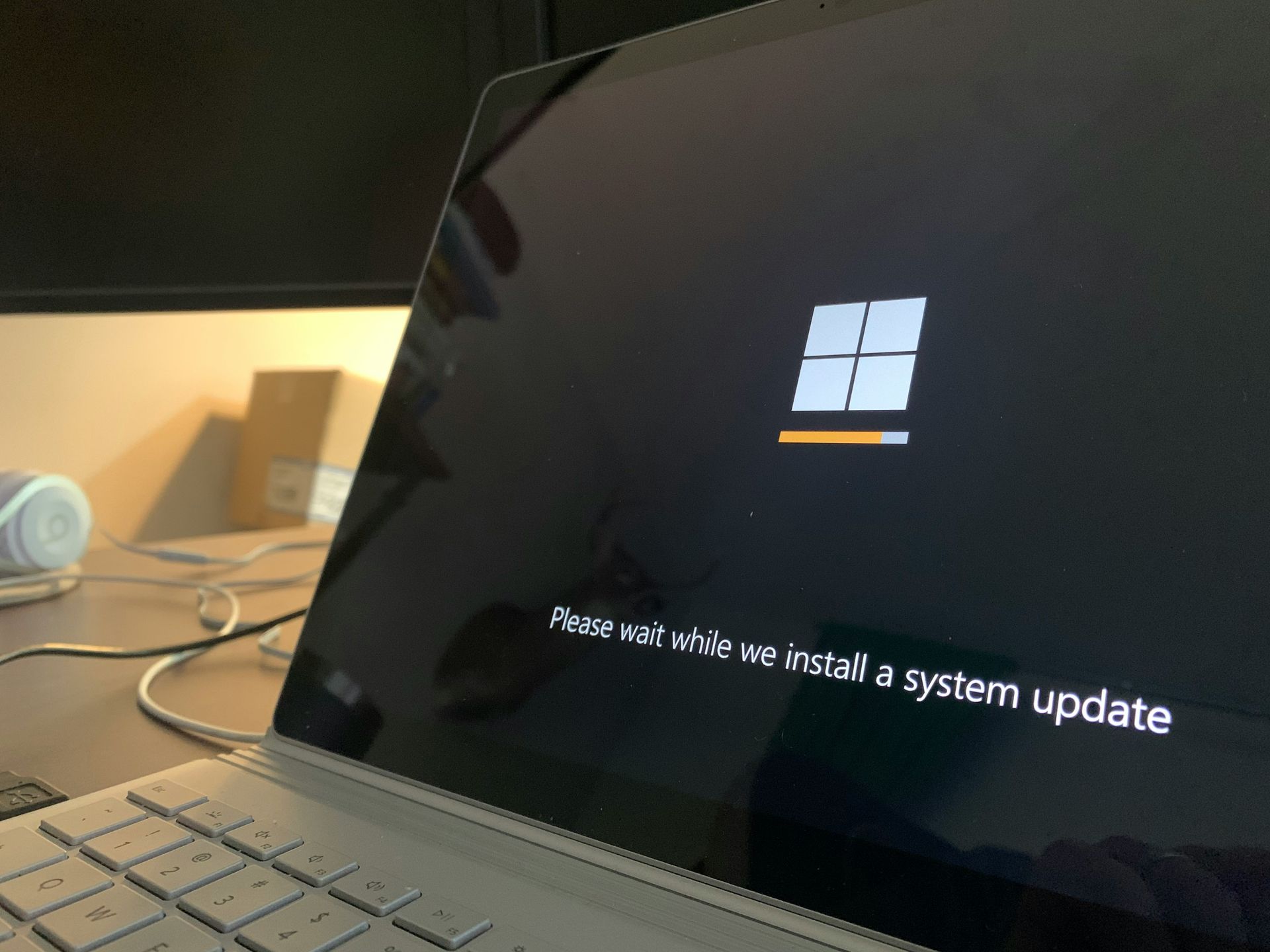Tech Insights with Dynamic Intelligence
5 Technology Mistakes Small Business Owners Make — and How to Fix Them Before They Cost You
Introduction
Technology can be a powerful enabler for small businesses — helping you grow faster, server customers better, and stay competitive. But when technology is neglected, misused, or simply misunderstood, it can quickly turn into a costly liability.
At Dynamic Intelligence, we work with small business owners every day who face tech-related challenges that are not only avoidable but fixable — before they lead to lost revenue or damaged reputation. Both are a real killer for any small business.
Now, let me be clear, myself having been in business and around small business operations for 20+ years, I truly believe every business owner should outsource their technology to some degree. I believe it is the most logical choice, especially today. I don't just say that because I work in tech, I make that statement from real world experience and having experienced it on both sided of the fence.
Do I think every business owner should outsource full management and paying, what is probably unnecessary for most small companies, a high monthly management fee? No, of course not. But I can tell you partnering with a company like Dynamic Intelligence to outsource some technology management takes away the stresses that are experienced in this post; and it doesn't cost all that much. Because we all know downtime is EXPENSIVE!
The way I see it, again from experience, having a tech company in your corner that you can consult with regularly is like having a good CPA or good attorney for your business. Paying them should save you money in the long run and help your business grow, rather than just being another expense you incur each month.
Here are the five most common technology mistakes we see — and what you can do to avoid them.

Neglecting Data Backups & Disaster Recovery and Assuming the Cloud is Always Safe
The Mistake:
Assuming your data is safe just because you have a backup — or worse, not having one at all.
Why It's a Problem:
Hardware fails. Ransomware encrypts. Accidents Happen. Breaches are more common than you think. If you can't recover your data fast, you're looking at downtime, lost sales, and possibly regulatory penalties or fines.
How to Fix It:
Like I previously mentioned, I believe it is best to consult with a trusted professional on this, they can be a major asset in helping your navigate this to ensure it is done correctly. If you use Microsoft as a workspace, a OneDrive backup, majority of the time, is not enough. There is nothing worse than waking up one day to realize maybe an employee deleted a file or folder that is critical, or worse yet corruption of a file. Now what?
- Follow the 3-2-1 rule: Keep 3 copies of your data, on 2 different storage types, with 1 offsite.
- Automate backups to run daily or in real-time.
- Knowing your responsibility in the shared responsibility model and employing cloud security tactics and tools.
- Test your backups regularly to make sure they actually restore.
- Develop a disaster recovery plan that prioritizes your critical systems.

Using Outdated or Consumer-Grade Technology, or Hardware & Infrastructure
The Mistake:
"Saving money" by using home Wi-Fi- routers, old laptops, or unlicensed software.
Why It's a Problem:
Cheap or outdated tech may slow your team down, break at the worst possible time, or open up your exposure to cyber threats. The "cheapest" option often becomes the most expensive in the long run.
How to Fix It:
- Upgrade to business-class equipment designed for reliability and security. It's not that expensive to do it right.
- Replace key devices every 3-5 years, and other devices every 5-7 years at most.
- Use cloud-based productivity and collaboration tools that scale with your business.
- Plan technology investments into your annual budget — don't wait for things to break. Again, downtime is expensive — be proactive.

Using Outdated or Consumer-Grade Technology, or Hardware & Infrastructure
The Mistake:
Ignoring system and software updates for fear of interruption.
Why It's a Problem:
The updates are for a reason, not just to frustrate you. Software is constantly evolving and companies rush to put out new versions to stay competitive in their marketspace. Sometimes vulnerabilities in their software is overlooked — it happens. Hackers are constantly trying to penetrate common software applications trying to gain an edge to exploit. Many cyberattacks exploit "known" (or the found) vulnerabilities in software or systems. Delaying updates is like leaving your front door unlocked and hoping no one notices, or a would-be criminal doesn't check your door.
How to Fix It:
It is usually recommended to turn on automatic updates for operating systems and software wherever possible. This is where employing a professional comes into play. Some updates do make the fear become a reality and it may negatively impact your system temporarily.
- For Professionals: I recommend creating alerts and researching the update beforehand and then deploying them manually. If you do not employ a professional, as a rule of thumb, turn on auto updates.
- Use a patch management tool to monitor and deploy updates organization-wide.
- Stay informed about end-of-life software and migrate before support ends.
- It is usually best to partner with a service provider, like Dynamic Intelligence, to manage updates and avoid downtime during the process.

Using Outdated or Consumer-Grade Technology, or Hardware & Infrastructure
The Mistake:
Using weak or repeated passwords, skipping multi-factor authentication (MFA), allowing employees to install unapproved apps or tools, or executives using admin credentials for their daily logins.
Why It's a Problem:
These are open doors for hackers. Small businesses are now prime targets for ransomware, phishing, and data theft. Remember, it is best to employ good hygiene practices, be proactive, and follow SOPs and concentrate on prevention than it is to try and defend after the breach takes place. It seems like a no-brainer, but it's commonly not practiced this way unfortunately.
How to Fix It:
- Enforcing strong password policies and using SECURE password managers.
- Require MFA for email, cloud apps, remote access, and admin accounts.
- Train your team to spot phishing and social engineering.
- Implement device management and software approval policies to reduce shadow IT risks.
- Apply the principle of least privilege — give users only the access they need to do their job. This INCLUDES executives and people who need admin rights. Use TWO user accounts — your daily login credentials with least privilege enforced and admin credentials with MFA for admin needs.
**Remember stolen credentials is one of the leading causes of data breaches**

Not Having a Proactive IT Strategy or Advisory
The Mistake:
Treating IT as a break/fix service rather than a strategic asset and not having an incident response plan in place.
Why It's a Problem:
Without a clear IT roadmap and plan, you risk costly surprises — from unplanned outages to incompatible systems, missed opportunities, and underused tools.
How to Fix It:
In my opinion, this is pertinent to work with a professional on this. This problem seems like to many, "why is this on the list?" Having a plan is pertinent in your technology strategy, just like in your business. You want to have a plan in your business for potential risks, opportunities, and an SOP for certain tasks so you can streamline them. The same goes for your technology.
I ask you this, "would you rather face a challenge blind with no plan, or would you rather have already thought of a solution for the problem and have a plan in place and a procedure for if/when this problem arises?" I think the answer is pretty obvious on this one; but it is often overlooked.
- Conduct a technology audit to identify gaps and inefficiencies.
- Create a simple but scalable IT roadmap aligned to your business goals.
- Budget annually for IT upgrades, training, and cybersecurity measures.
- Partner with a Managed Service Provider (MSP) like Dynamic Intelligence for ongoing advisory, not just emergency support.
Final Thoughts and Conclusion
Some of these practices seem like commonsense, and they are if you think about it. But I think as business owners and busy professionals we often times are distracted and just unknowingly overlook some of these simple tactics to reduce your risk and potential exposure. It is always better to avoid completely than trying to constantly defend. Employing these steps hopefully helps you and your business down the road.
And remember, technology doesn't have to be overwhelming — and you don't need to be a tech expert to get it right. Avoiding these simple five common mistakes can improve your efficiency, security, and your overall peace of mind.
Ready to Take Control of Your Technology?
Book a consultation for a free Technology Health Check. Schedule a no-pressure call with one of our experts to evaluate your current systems and spot vulnerabilities before they become costly.





